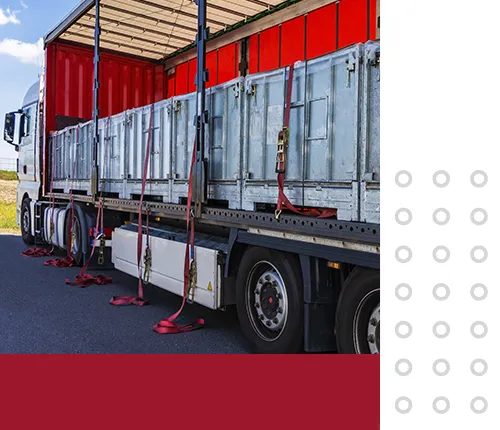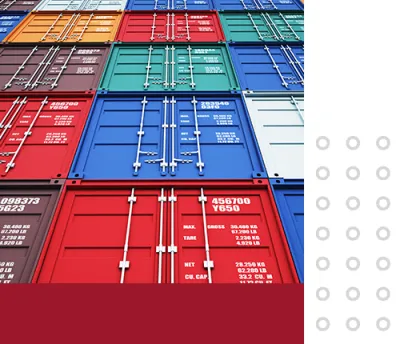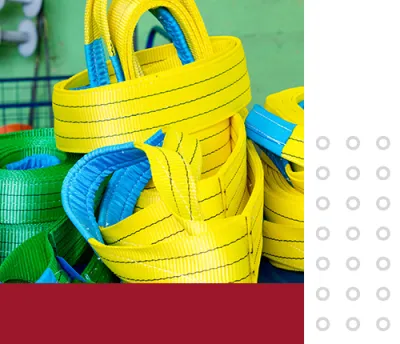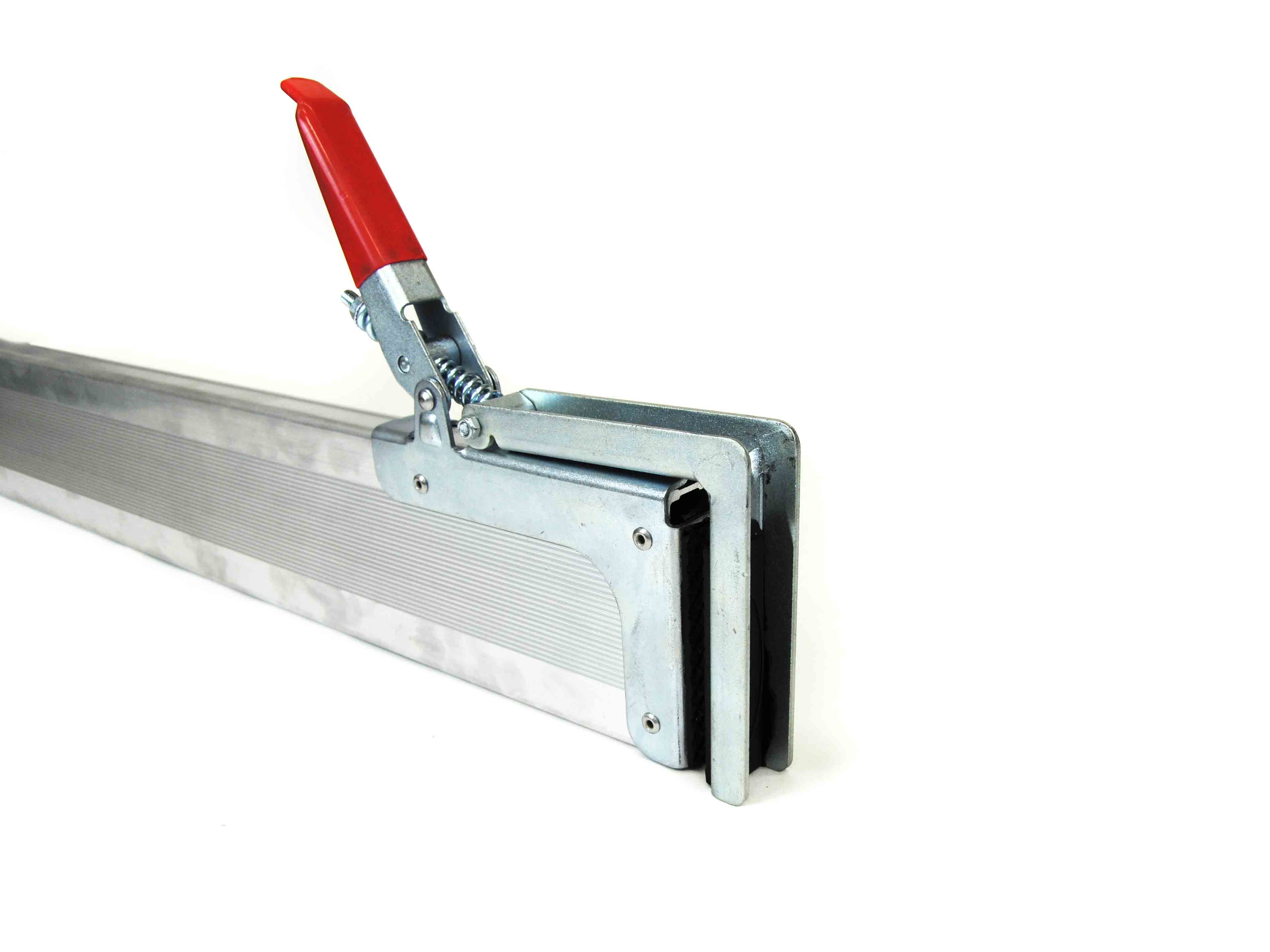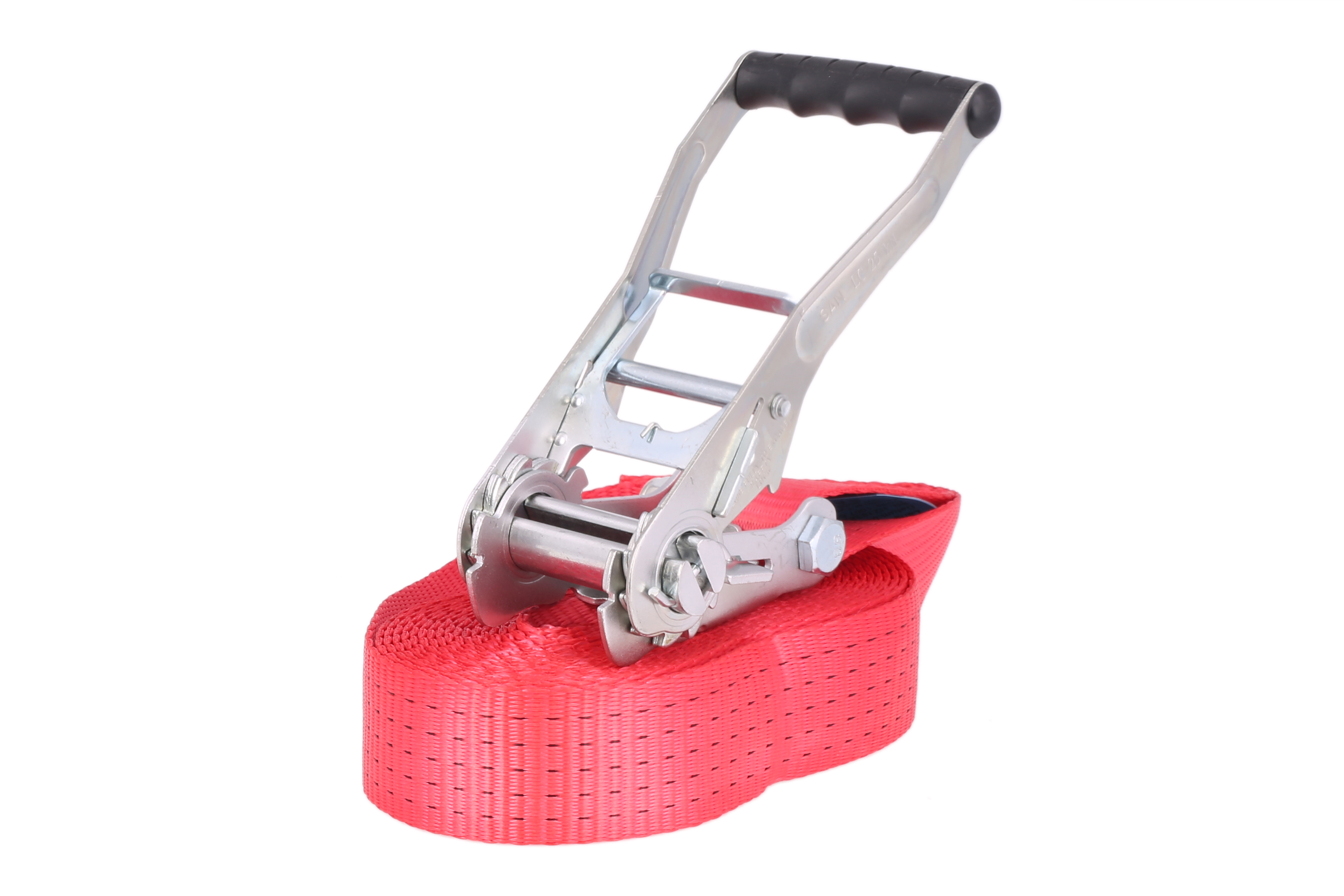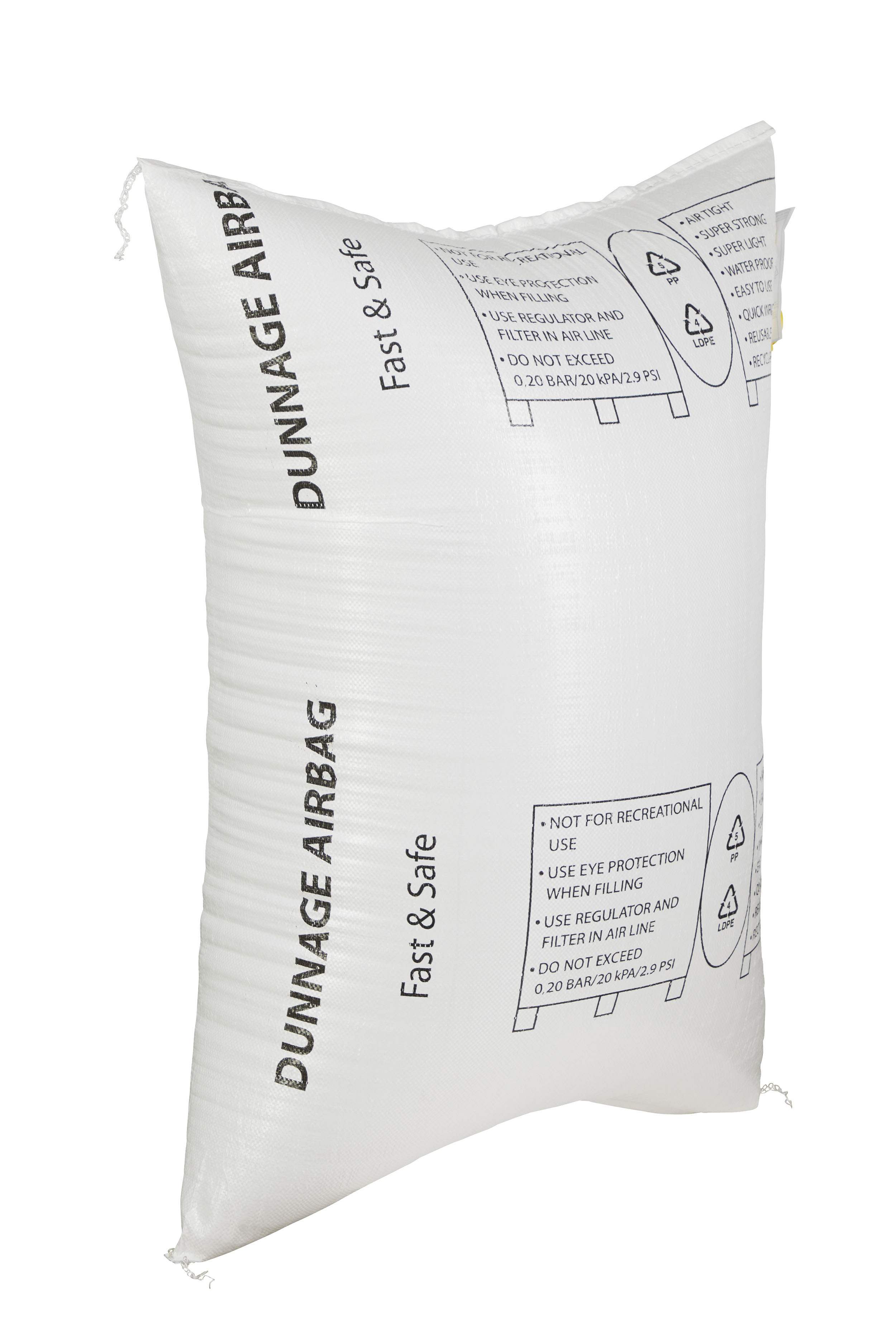26/10/2024
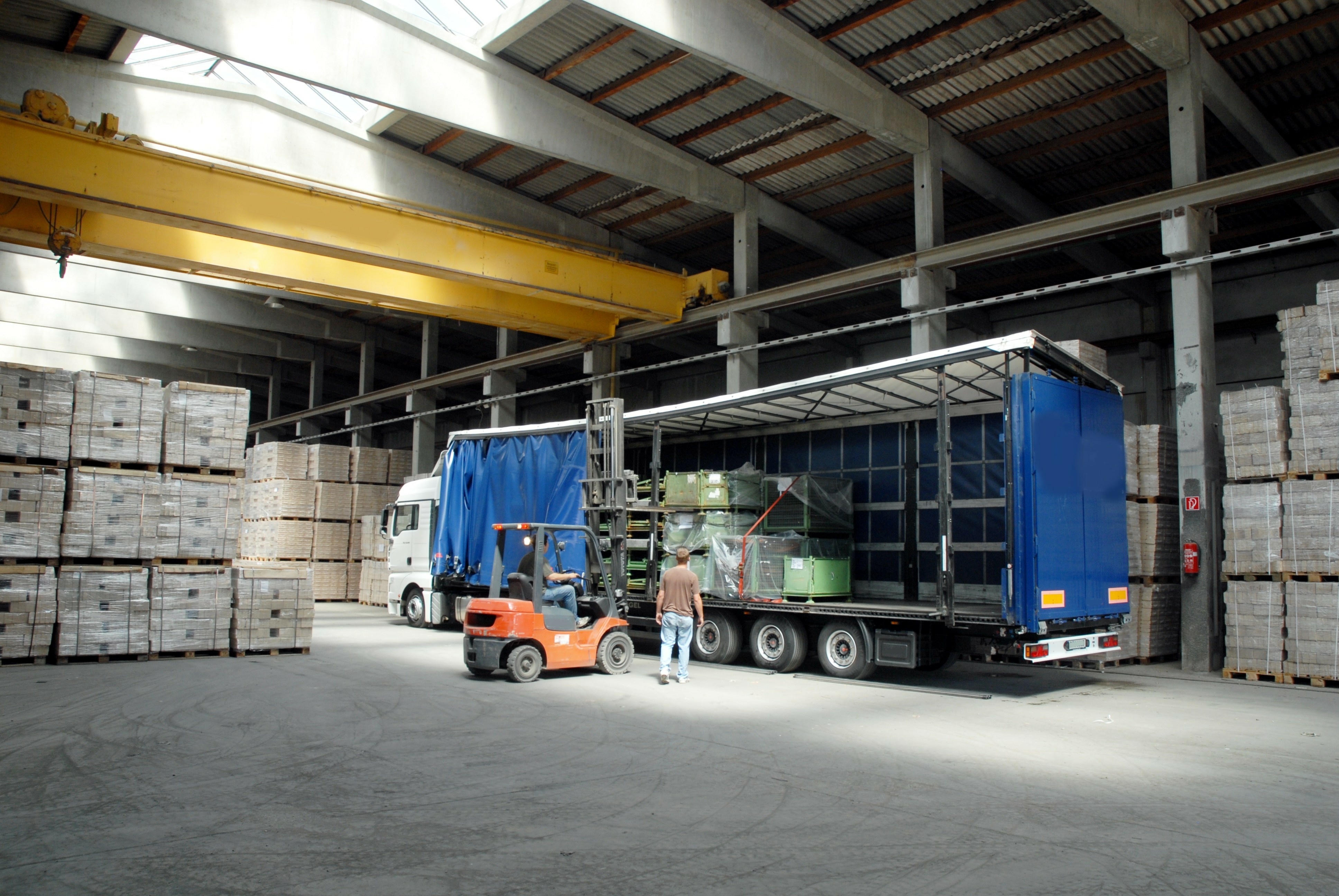
Three types of load securing – an overview
1. Force-locking load securing
- Relatively easy and quick to do.
- Can be used for a variety of loads.
- On slippery surfaces (e.g., wet or slippery goods), the frictional force may not be sufficient to securely hold the load in place. However, anti-slip mats can help.
- Regular inspection is necessary as the lashing straps can loosen during transport.
2. Form-fitting load securing
- Offers a very high level of security when the load is stowed securely and without gaps.
- Suitable for heavy and bulky loads that are difficult to secure.
- Often requires precise planning and placement of the load.
- For irregular load shapes, the application of this method is difficult or not possible.
3. Combined load securing
- Offers the highest security by combining the advantages of both methods.
- Can be adapted to almost any type of load.
- Requires more effort in securing, as both lashing devices and positive locking devices are necessary.
- Higher time expenditure compared to the individual methods.
Conclusion on the types of load securing
Download our free PDF checklist with 10 important points for load securing .
Download load securing checklistFragen und Antworten zu den Arten der Ladungssicherung
Welche Arten der Ladungssicherung gibt es?
- Formschlüssige Ladungssicherung → durch lückenloses Anlegen der Ladung an feste Begrenzungen
- Kraftschlüssige Ladungssicherung → durch Reibungskräfte (z. B. Niederzurren mit Gurten + Antirutschmatten)
- Kombinierte Ladungssicherung → Verbindung beider Methoden für maximale Sicherheit.
Welche Methode der Ladungssicherung ist am sichersten?
Welche Vorschriften gelten für die Ladungssicherung?
- § 22 StVO → Ladung darf die Verkehrssicherheit nicht beeinträchtigen
- VDI 2700 → technische Richtlinie zur ordnungsgemäßen Ladungssicherung
- ADR / GGVSEB, falls Gefahrgut transportiert wird. Fahrer und Verlader sind gleichermaßen verantwortlich.

